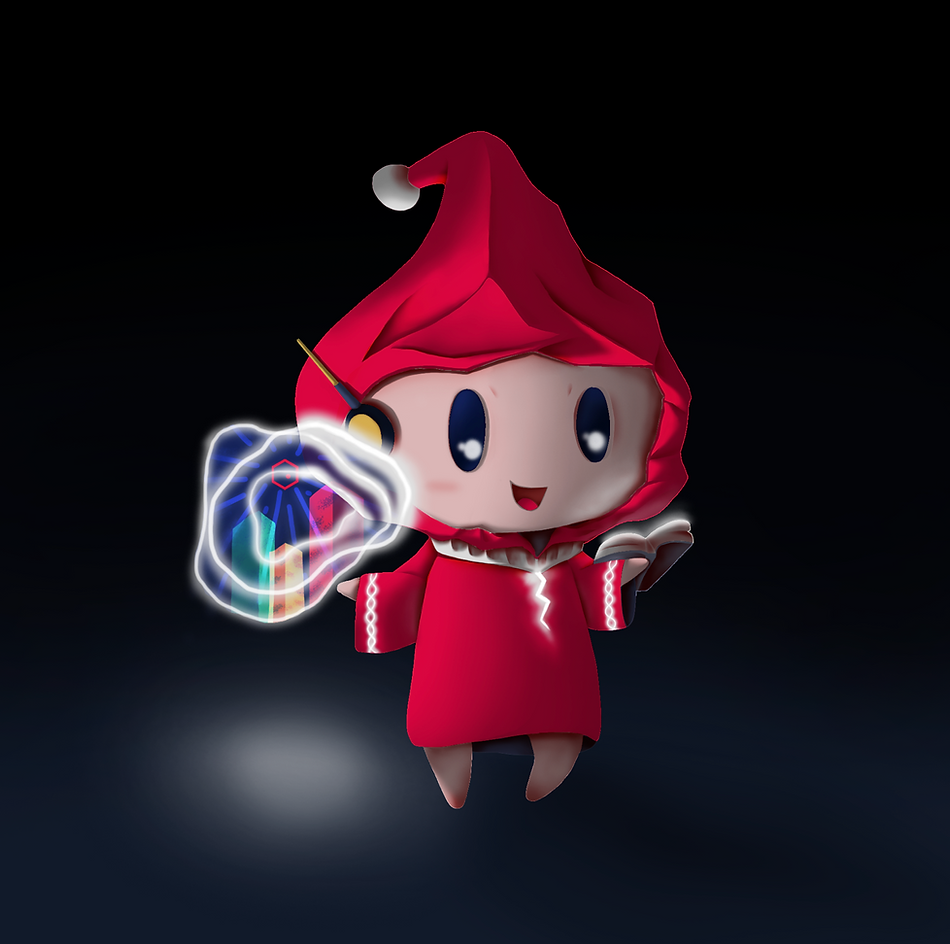-
 bitcoin
bitcoin $110918.433029 USD
-1.69% -
 ethereum
ethereum $3996.872473 USD
-2.43% -
 tether
tether $1.000594 USD
0.00% -
 bnb
bnb $1178.871834 USD
-2.38% -
 xrp
xrp $2.413973 USD
-3.47% -
 solana
solana $194.341461 USD
-4.24% -
 usd-coin
usd-coin $0.999963 USD
-0.03% -
 tron
tron $0.320092 USD
0.92% -
 dogecoin
dogecoin $0.196919 USD
-3.42% -
 cardano
cardano $0.669585 USD
-3.63% -
 hyperliquid
hyperliquid $37.485952 USD
-3.58% -
 ethena-usde
ethena-usde $1.000026 USD
-0.02% -
 chainlink
chainlink $18.018220 USD
-5.13% -
 bitcoin-cash
bitcoin-cash $523.879267 USD
-2.41% -
 stellar
stellar $0.324655 USD
-3.67%
What is the standard for SOL to confirm after breaking through the previous high and then stepping back?
After SOL breaks a previous high and pulls back, traders confirm the breakout using volume, price action, technical indicators, and market sentiment analysis.
Apr 27, 2025 at 12:57 am

When it comes to analyzing the price movements of cryptocurrencies like Solana (SOL), understanding the confirmation standards after breaking through previous highs and then stepping back is crucial for traders and investors. This article delves into the detailed process and criteria that traders typically use to confirm a breakout in SOL's price.
Understanding Breakouts and Pullbacks
A breakout occurs when the price of SOL moves above a previous resistance level, indicating potential bullish momentum. A pullback, on the other hand, is a temporary decline in price following a breakout, often seen as a test of the new support level. Traders look for confirmation of the breakout after this pullback to validate the continuation of the upward trend.
Criteria for Confirming a Breakout in SOL
To confirm a breakout in SOL after it has surpassed its previous high and experienced a pullback, traders typically consider several key factors:
- Volume: A significant increase in trading volume during the breakout and the subsequent pullback can indicate strong interest and confirm the validity of the breakout.
- Price Action: The price should ideally not fall below the breakout level during the pullback. If it does, it should quickly recover and show signs of continuing the upward trend.
- Technical Indicators: Tools like moving averages, RSI (Relative Strength Index), and MACD (Moving Average Convergence Divergence) can provide additional confirmation signals. For instance, if the RSI remains above 50 during the pullback, it suggests that the bullish momentum is still intact.
- Market Sentiment: Positive news, developments, or general market sentiment towards SOL can also play a role in confirming a breakout.
Analyzing Volume During Breakouts and Pullbacks
Volume is a critical factor in confirming a breakout. During a breakout, if the volume is significantly higher than the average, it suggests that many traders are participating in the move, adding credibility to the breakout. Similarly, during the pullback, if the volume decreases, it indicates that the selling pressure is not strong enough to reverse the trend, further confirming the breakout.
To analyze volume:
- Use volume indicators such as the Volume Profile or Volume Oscillator to track changes in trading volume.
- Compare the volume during the breakout and pullback to the average volume over a specific period, such as the last 30 days.
Evaluating Price Action Post-Breakout
Price action is another essential element in confirming a breakout. After SOL breaks through a previous high, traders watch for the following:
- Retest of the Breakout Level: If the price pulls back to the breakout level but does not break below it, this is considered a successful retest and adds confidence to the breakout.
- Formation of Higher Lows: If the price forms higher lows during the pullback, it indicates that the bulls are still in control and the upward trend is likely to continue.
To evaluate price action:
- Monitor candlestick patterns such as doji, hammer, or engulfing patterns at the breakout level during the pullback.
- Use support and resistance levels to identify key areas where the price might find support during the pullback.
Utilizing Technical Indicators for Confirmation
Technical indicators provide additional insights into the strength of a breakout and its subsequent pullback. Here are some commonly used indicators and how they can be applied:
- Moving Averages: If SOL's price remains above key moving averages (e.g., 50-day or 200-day) during the pullback, it suggests that the overall trend is still bullish.
- RSI: An RSI value above 50 during the pullback indicates that the bullish momentum is still present. A value below 30 might suggest that the pullback is turning into a reversal.
- MACD: A bullish crossover in the MACD (when the MACD line crosses above the signal line) during the pullback can confirm the continuation of the upward trend.
To utilize these indicators:
- Plot the indicators on your trading chart and observe their behavior during the breakout and pullback phases.
- Set alert levels for key thresholds, such as RSI dropping below 50 or the MACD crossing over, to stay informed about potential confirmation or reversal signals.
Assessing Market Sentiment and News Impact
Market sentiment and news can significantly influence the confirmation of a breakout. Positive news or developments related to SOL, such as partnerships, technological upgrades, or favorable regulatory news, can strengthen the bullish case and confirm the breakout.
To assess market sentiment:
- Monitor news outlets and social media platforms for updates related to SOL.
- Use sentiment analysis tools to gauge the overall mood of the market towards SOL.
Practical Steps to Confirm a SOL Breakout
Here are the practical steps traders can follow to confirm a breakout in SOL after it has broken through a previous high and experienced a pullback:
- Identify the Breakout Level: Clearly mark the previous high that SOL has broken through.
- Monitor Volume: Ensure that the volume during the breakout and pullback is analyzed to confirm strong market participation.
- Watch Price Action: Observe how the price behaves during the pullback, especially if it retests the breakout level without breaking below it.
- Analyze Technical Indicators: Use moving averages, RSI, and MACD to gauge the strength of the breakout and the pullback.
- Stay Informed on Market Sentiment: Keep an eye on news and sentiment to understand the broader context of the breakout.
Frequently Asked Questions
Q: How long should a trader wait for a confirmation after a SOL breakout and pullback?A: The time frame for confirmation can vary depending on the trader's strategy and the specific market conditions. Some traders may look for confirmation within a few hours to a day, while others might wait for a few days to a week. It's essential to consider the overall market context and use a combination of volume, price action, and technical indicators to make an informed decision.
Q: Can a false breakout in SOL occur after it breaks through a previous high?A: Yes, false breakouts can occur. A false breakout happens when the price breaks through a resistance level but then quickly reverses and falls back below the breakout point. Traders should use volume analysis, price action, and technical indicators to differentiate between a false breakout and a genuine one.
Q: What role does the broader cryptocurrency market play in confirming a SOL breakout?A: The broader cryptocurrency market can significantly impact the confirmation of a SOL breakout. If the overall market is bullish, it can provide additional support for SOL's breakout. Conversely, a bearish market can increase the likelihood of a false breakout or a deeper pullback. Traders should always consider the market context when analyzing SOL's price movements.
Q: How can traders manage risk during the confirmation phase of a SOL breakout?A: Traders can manage risk by setting stop-loss orders below the breakout level or the most recent support level during the pullback. Additionally, they can use position sizing to limit their exposure and diversify their portfolio to mitigate potential losses if the breakout fails to confirm.
Disclaimer:info@kdj.com
The information provided is not trading advice. kdj.com does not assume any responsibility for any investments made based on the information provided in this article. Cryptocurrencies are highly volatile and it is highly recommended that you invest with caution after thorough research!
If you believe that the content used on this website infringes your copyright, please contact us immediately (info@kdj.com) and we will delete it promptly.
- Steve Jobs, Innovation, and a U.S. Coin: A New Chapter in American Iconography
- 2025-10-16 15:05:11
- Trump, Challenge Coins, and Netizens: A Digital Deep Dive
- 2025-10-16 14:25:17
- Binance's Gopax Gambit: A New York Minute on Crypto's Korean Conquest
- 2025-10-16 15:05:11
- CZ, Kaspa, and Binance: Unpacking the Latest Crypto Buzz
- 2025-10-16 14:45:16
- Bitcoin, Yield ETFs, and ARK Invest: A New Era for Crypto Investing?
- 2025-10-16 15:25:29
- Crypto's Shifting Sands: BNB on Coinbase, Ripple's Swell, and MoonBull's Rise – A New Yorker's Take
- 2025-10-16 15:10:00
Related knowledge

Practical parameter settings for a Bitcoin multi-timeframe moving average system
Sep 18,2025 at 10:54pm
Optimizing Timeframe Combinations for Bitcoin Trading1. Selecting appropriate timeframes is crucial when building a multi-timeframe moving average sys...

How can I filter out false breakouts in Dogecoin high-frequency trading?
Sep 22,2025 at 01:00am
Understanding False Breakouts in Dogecoin Trading1. A false breakout occurs when Dogecoin's price appears to move beyond a defined support or resistan...

Techniques for identifying tops and bottoms in the Bitcoin on-chain NVT model
Sep 20,2025 at 07:54pm
Understanding the NVT Model in Bitcoin Analysis1. The Network Value to Transactions (NVT) ratio is often described as the 'P/E ratio' of the cryptocur...

What does the surge in open interest in Bitcoincoin futures mean?
Sep 20,2025 at 11:18pm
Understanding the Surge in Dogecoin Futures Open Interest1. A surge in open interest within Dogecoin futures indicates a growing number of active cont...

How can I use the Ethereum USDT premium to gauge market sentiment?
Sep 18,2025 at 11:55pm
Understanding the Ethereum USDT Premium1. The Ethereum USDT premium refers to the price difference between USDT (Tether) traded on Ethereum-based plat...

What should I do if Ethereum staking yields decline?
Sep 20,2025 at 06:18am
Understanding the Causes Behind Declining Ethereum Staking Yields1. The Ethereum network transitioned to a proof-of-stake consensus mechanism with the...

Practical parameter settings for a Bitcoin multi-timeframe moving average system
Sep 18,2025 at 10:54pm
Optimizing Timeframe Combinations for Bitcoin Trading1. Selecting appropriate timeframes is crucial when building a multi-timeframe moving average sys...

How can I filter out false breakouts in Dogecoin high-frequency trading?
Sep 22,2025 at 01:00am
Understanding False Breakouts in Dogecoin Trading1. A false breakout occurs when Dogecoin's price appears to move beyond a defined support or resistan...

Techniques for identifying tops and bottoms in the Bitcoin on-chain NVT model
Sep 20,2025 at 07:54pm
Understanding the NVT Model in Bitcoin Analysis1. The Network Value to Transactions (NVT) ratio is often described as the 'P/E ratio' of the cryptocur...

What does the surge in open interest in Bitcoincoin futures mean?
Sep 20,2025 at 11:18pm
Understanding the Surge in Dogecoin Futures Open Interest1. A surge in open interest within Dogecoin futures indicates a growing number of active cont...

How can I use the Ethereum USDT premium to gauge market sentiment?
Sep 18,2025 at 11:55pm
Understanding the Ethereum USDT Premium1. The Ethereum USDT premium refers to the price difference between USDT (Tether) traded on Ethereum-based plat...

What should I do if Ethereum staking yields decline?
Sep 20,2025 at 06:18am
Understanding the Causes Behind Declining Ethereum Staking Yields1. The Ethereum network transitioned to a proof-of-stake consensus mechanism with the...
See all articles


























![Web3 Crypto Market Morning Report: The market is in decline, altcoins have fallen by more than 5%, Binance compensation has been received, and Memes on the Bnb chain have collectively plummeted [Vic TALK Issue 1444] Web3 Crypto Market Morning Report: The market is in decline, altcoins have fallen by more than 5%, Binance compensation has been received, and Memes on the Bnb chain have collectively plummeted [Vic TALK Issue 1444]](/uploads/2025/10/16/cryptocurrencies-news/videos/web-crypto-market-morning-report-market-decline-altcoins-fallen-binance-compensation-received-memes-bnb-chain-collectively-plummeted-vic-talk-issue/68f043c9c8b44_image_500_375.webp)















































